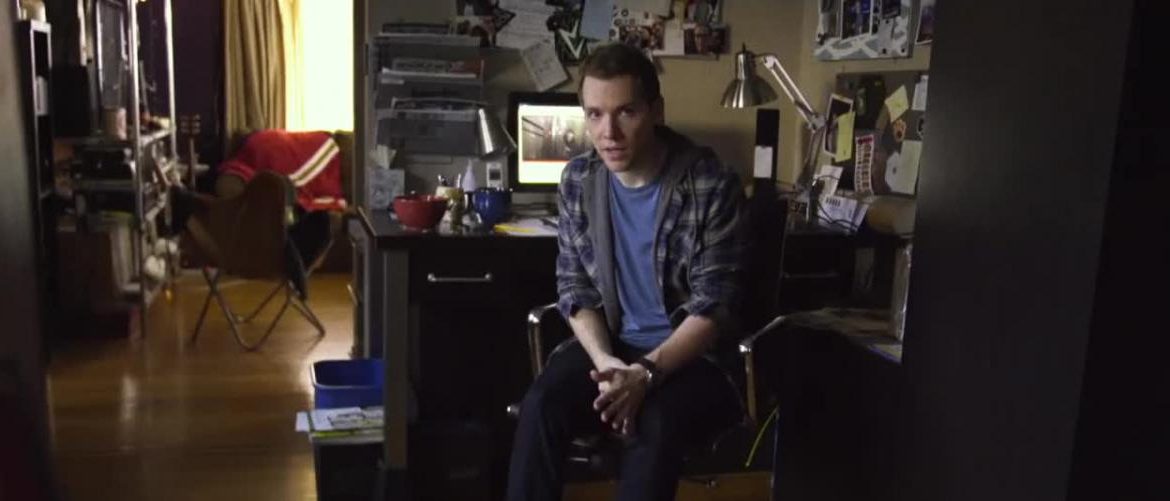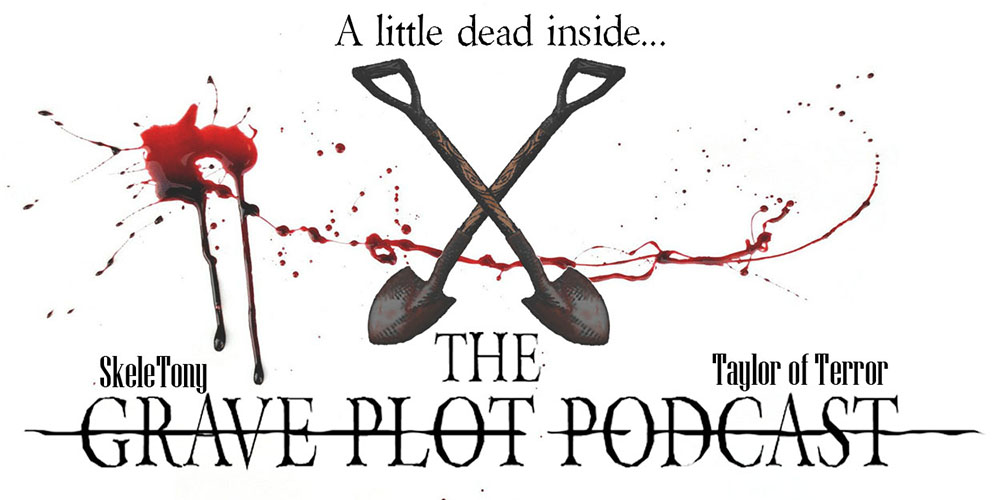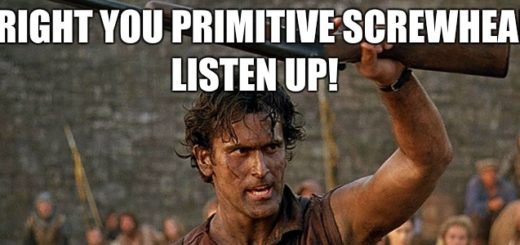Does Blair Witch’s poor performance signal the end of found footage?

In October of 1994, three student filmmakers disappeared in the woods near Burkittsville, Maryland while shooting a documentary.
A year later their footage was found.
Those words are the first thing to appear on screen in Daniel Myrick and Eduardo Sánchez’s 1999 film, The Blair Witch Project. When Myrick and Sánchez first developed the film, they wanted to create a fictional movie that portrayed itself as a documentary. To create buzz for their movie, they created fake police reports and newsreels to develop an elaborate legend. Considered by many to be the first movie to utilize viral marketing, the filmmakers did everything they could to make it seem as real as possible, up to and including handing out missing person posters for the characters in the movie at the premiere, asking people to come forward with any information on their whereabouts. Fans, even after viewing, weren’t quite sure if what they saw was fact or fiction.
While not the first “found footage” movie (that title goes to Cannibal Holocaust, which was so realistic that the filmmaker was arrested for murder), and the sub-genre didn’t really hit the mainstream until Paranormal Activity, The Blair Witch Project is considered the grandfather of the current found footage trend. Ironically enough, it may be the sequel that winds up killing it.
The newest installment in the franchise, Blair Witch, takes place 17 years after the events of the original film. Ignoring the events of Book of Shadows: Blair Witch 2, and using the same premise as its predecessor, we are informed via on-screen text that the events of the following film were collected from actual “found footage.” This time, of course, we know better. The story sees James Donahue and a small group of sympathetic friends venturing into the fabled Black Hills Woods in an attempt to find his sister, Heather, one of the ill-fated trio from the original film. It was written and directed by the team behind You’re Next and The Guest, writer Simon Barrett and director Adam Wingard. Despite (or perhaps because of, as relatively unknown filmmakers tend to see more success in the genre) that well-known duo behind the scenes, Blair Witch had a disappointing opening weekend. While it was number two at the box office, it only pulled in $9.65 million, a long way away from the number one Sully, which drew $22 million. It also saw some pretty negative reviews, with a 36% fresh rating on Rotten Tomatoes as of this writing. Some genre sites raved about it, while others absolutely destroyed it.
Most of the complaints echo the same criticisms; that the movie is basically a beat-for-beat remake of the original. While there are definite similarities, that’s kind of how sequels work. Even in our review, we discussed how the middle of the movie is very tonally similar to the first with corresponding sight gags. I mean, it’s a bunch of kids, in the woods, looking for the Blair Witch. But to say that they are identical is just ridiculous. You can listen to our review to hear more of our opinions so I won’t go into any more detail here, or talk about how so many people think horror is nothing more than jump scares and scary nuns. I digress. At least Simon Barrett is able to poke fun at himself.
https://twitter.com/Simon_Barrett/status/777539504072630272
One possible reason for at least the poor ticket sales could be the marketing, or lack thereof. The original Blair Witch Project had six years between being filmed and hitting theaters. The Upper Footage spent four years posting fake news articles and YouTube videos before hitting theaters. The 2016 version of Blair Witch, however, actually operated under the working title of The Woods up until its premiere at San Diego Comic-con. Aside from a fake Kickstarter page for a documentary about the characters’ disappearance, there was little of the viral marketing that worked so successfully in 1999. How can a movie from 1999 achieve better viral marketing than one produced in 2016? That’s pretty unfathomable.
However, you have to wonder if the negative reviews and poor box office numbers show a bigger issue and that’s the general audience’s growing disdain for the found footage genre. Since Paranormal Activity, most movies that fall under that category have been either overdone, underdone, or just derivative…or Paranormal Activity sequels. A couple high quality ones snuck through, like Cloverfield, Creep, and The Upper Footage (a film that, like The Blair Witch Project, had fans questioning its validity), but those were the exceptions and not the rule. Most of them feature too much camera shaking and at least one instance of the audience asking “why the fuck are you still filming?!”
My opinions on Blair Witch aside, if its poor performance spells the end of the found footage genre, I can accept it. It’s become a way for studios to cut costs and make movies on the cheap so they can rake in the profits. Filmmakers are forced to come up with new ways to shoot in order to make them stand out from their predecessors. Handheld cameras have been done. Security cameras have been done. Laptop cameras and video chat have been done. Drones have been done. It’s all been done. While the feeling of being in the movie or that wondering of whether what you’re watching is real or not was novel at the time, the cat is out of the bag. Everyone knows that found footage movies are fake, and once the novelty is gone the cinematography is just obnoxious. I can appreciate a found footage movie if it fits the narrative. If a story like The Upper Footage can come along and truly work for the style, that’s great. But let’s stop making it the default go-to. Frankly, it’s cheap and it’s lazy and the novelty has worn off.







Agree with ending the found footage genre.
Shocked this did so poorly in theaters.